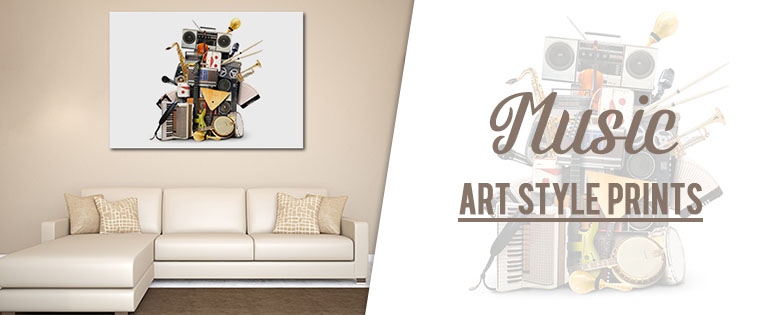
Spotify_data RangeIndex: 170653 entries, 0 to 170652 Data columns (total 19 columns): # Column Non-Null Count Dtype - 0 valence 170653 non-null float64 1 year 170653 non-null int64 2 acousticness 170653 non-null float64 3 artists 170653 non-null object 4 danceability 170653 non-null float64 5 duration_ms 170653 non-null int64 6 energy 170653 non-null float64 7 explicit 170653 non-null int64 8 id 170653 non-null object 9 instrumentalness 170653 non-null float64 53 non-null int64 11 liveness 170653 non-null float64 12 loudness 170653 non-null float64 13 mode 170653 non-null int64 14 name 170653 non-null object 15 popularity 170653 non-null int64 16 release_date 170653 non-null object 17 speechiness 170653 non-null float64 18 tempo 170653 non-null float64 dtypes: float64(9), int64(6), object(4) memory usage: 24.7+ MB I have included the column metadata below that was generated by calling the Pandas info function for each data frame.

spotify_data = pd.read_csv('./data/') genre_data = pd.read_csv('./data/data_by_genres.csv') data_by_year = pd.read_csv('./data/data_by_year.csv') The first one contains data for individual songs while the next two files contain the data grouped the genres and years in which the songs were released.

I used three data files from this dataset. In order to build a music recommendation system, I used the Spotify Dataset, which is publicly available on Kaggle and contains metadata and audio features for over 170,000 different songs. import numpy as np import pandas as pd import matplotlib.pyplot as plt import seaborn as sns import spotipy import os %matplotlib inline Reading the Data
#MUSIC ARTIST SUGGESTER FULL#
You can find the full code for this project on GitHub. In the code below, I imported Spotipy and some other basic libraries for data manipulation and visualization.
#MUSIC ARTIST SUGGESTER INSTALL#
pip install spotipyĪfter installing Spotipy, you will need to create an app on the Spotify Developer’s page and save your Client ID and secret key. You can install Spotipy with pip using the command below. In this project, I used Spotipy to fetch data for songs that did not exist in the original Spotify Song Dataset that I accessed from Kaggle. Spotipy is a Python client for the Spotify Web API that makes it easy for developers to fetch data and query Spotify’s catalog for songs.

In this article, I will demonstrate how I used a Spotify song dataset and Spotipy, a Python client for Spotify, to build a content-based music recommendation system. We can use this data to build music recommendation systems that recommend songs to users based on both the audio features and the metadata of the songs that they have listened to.

Interestingly, Spotify has a web API that developers can use to retrieve audio features and metadata about songs such as the song’s popularity, tempo, loudness, key, and the year in which it was released. Have you ever wondered how Spotify recommends songs and playlists based on your listening history? Do you wonder how Spotify manages to find songs that sound similar to the ones you’ve already listened to?


 0 kommentar(er)
0 kommentar(er)
